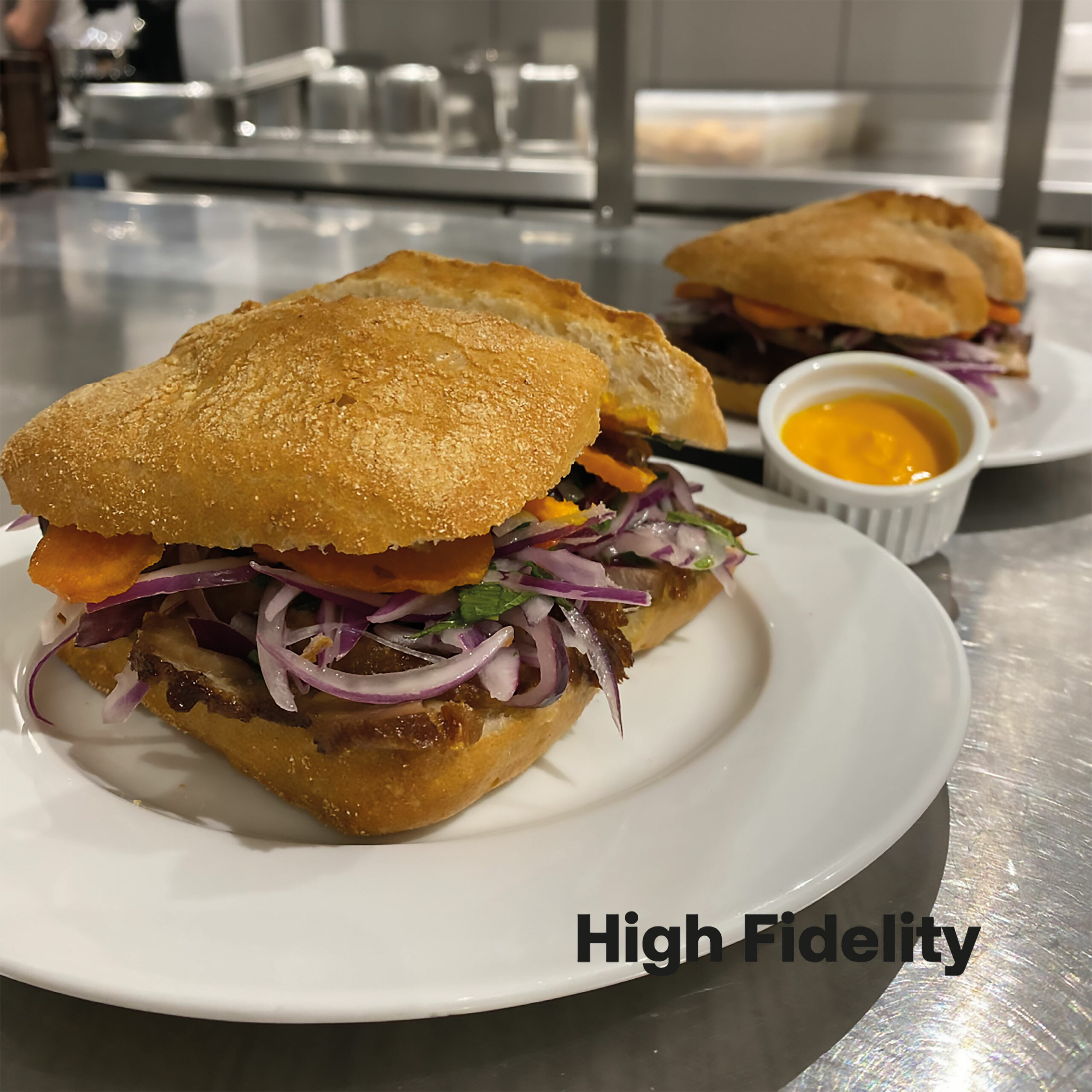Pork, a glorious animal from which everything is made use of. Pork, historical animal that, although brought by the Spaniards, became a mestizo in our cuisine. Pork, the delicious animal from which chicharrón is made.
Our multicultural spirit has contributed to its glory: the Spanish conquistadors brought it from Europe. The indigenous people raised it, fed it with native products and introduced it into their diet. The black slaves knew how to make the most of its fatty and richest parts, and its appetizing lard, the soul of a crispy pork rind. Oriental migrants, Chinese and Japanese, added their secret sauces, making it more mestizo, more tasty.
Popular tradition dictates that it should be made from two cuts: bacon or ribs, because every self-respecting gourmet knows that there is no meat that tastes better than the one stuck to the bone and with a touch of fat.
But for total delight, the chicharrón requires an additional ingredient converted into „salsa criolla“, a very Peruvian creation with onion, a touch of „aji limo“ or „rocoto“ and a pinch of acidity, transformed into drops of lemon. If it has „hierba buena“ leaves, it is closer to God. And why sweet potato? Because the fatty meats and the sweet taste are a tasty combination. Ah, bread should always be crusty, noisy, eye-catching, because no pleasure worth having is enjoyed in silence.
Pan con chicharrón
Cerdo, animal glorioso del que todo se aprovecha. Cerdo, animal histórico que, aunque traído por los españoles, en nuestra cocina se hizo mestizo. Cerdo, animal delicioso del que nace el chicharrón.
A su gloria ha contribuido nuestro espíritu multicultural: Lo trajeron de Europa los conquistadores españoles. Los indígenas lo criaron, lo alimentaron con productos nativos y lo introdujeron en su dieta. Los esclavos negros supieron aprovechar sus partes más grasas y más ricas, y su apetitosa manteca, alma de un chicharrón crujiente. Los migrantes orientales, chinos y japoneses, le agregaron sus salsas secretas, haciéndolo más mestizo, más sabroso.
La tradición popular ordena que se haga de dos cortes: panceta o costillar, porque todo sibarita que se respete sabe que no hay carne más gustosa que la pegada al hueso y con su toque de grasa.
Pero para que el deleite sea total, el chicharrón exige un ingrediente adicional convertido en salsa criolla, peruanísima creación que lleva cebolla, un toque de ají limo o rocoto y una pizca de acidez, transformada en gotas de limón. Si lleva hojas de hierba buena, estará más cerca de Dios. ¿Y por qué el camote? Porque las carnes grasas y el sabor dulzón son una sabrosa conjunción. Ah, el pan debe ser siempre crujiente, ruidoso, llamativo, porque ningún placer que valga la pena se disfruta en silencio.

